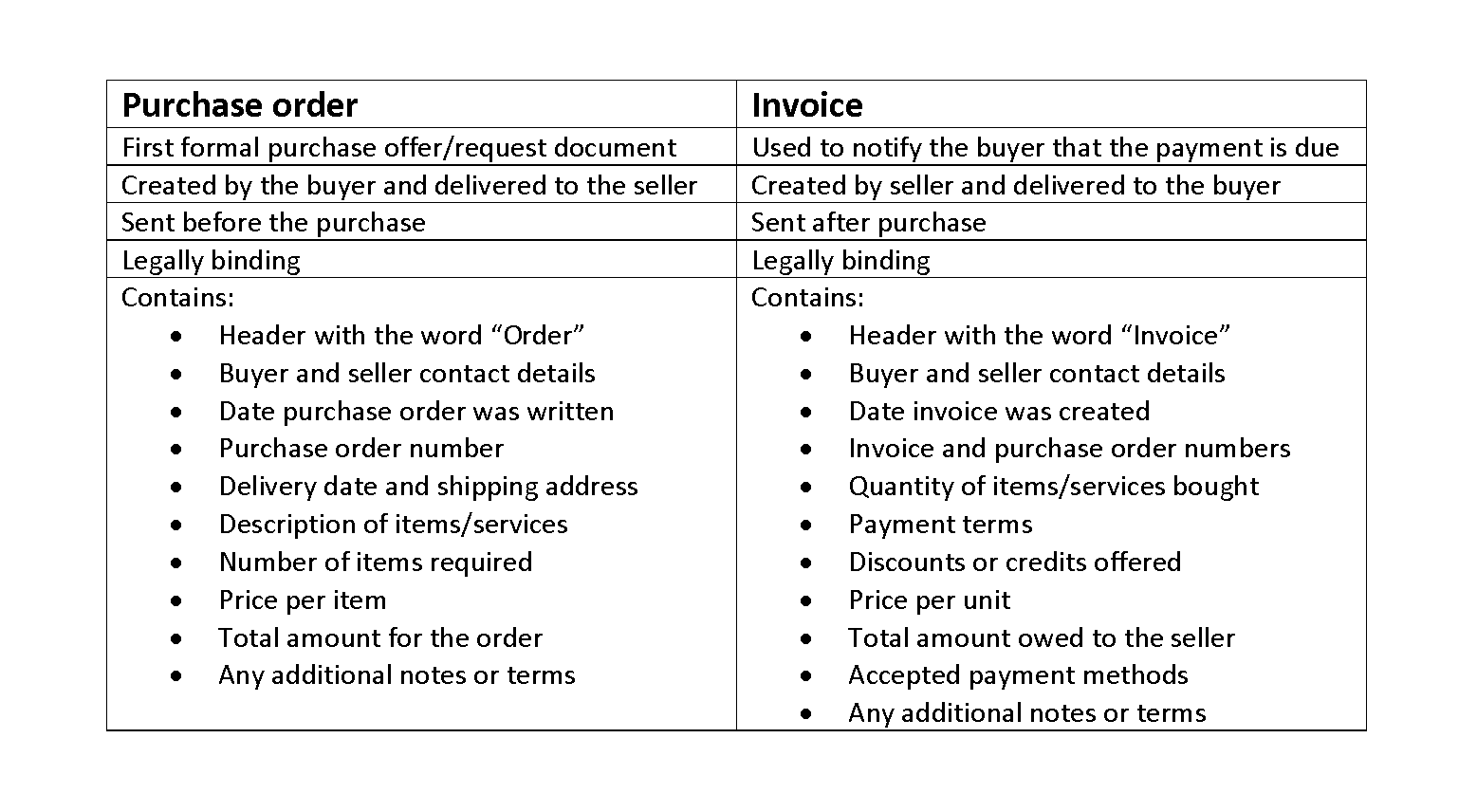
By implementing these practices, businesses can effectively manage outstanding checks and maintain accurate cash flow records. By understanding and addressing these common causes, businesses can actively manage outstanding checks and maintain accurate financial records. Regular monitoring, diligent record-keeping, and effective communication with payees and banks are key to minimizing outstanding checks and ensuring financial stability. The existence of outstanding checks can complicate the reconciliation Coffee Shop Accounting process of a company’s bank statements.
Managing Outstanding Checks in Financial Reporting
Unaccounted-for outstanding checks can disrupt the delicate balance of incoming and outgoing funds. An outstanding check is a check that a payee has not deposited or cashed. If What is bookkeeping you issue a check and the recipient forgets or delays in depositing, it becomes outstanding.
- Someone else could be able to change the payee name or the amount if a check is misplaced or stolen before it is taken to the bank.
- Danielle Bauter has 25 years of experience as a Full-Charge Bookkeeper and has owned her own bookkeeping and payroll service for over two decades, working with various accounting software.
- However, the depositor/customer/company credits its Cash account to decrease its checking account balance.
- In the labyrinth of financial transactions, outstanding checks present a unique challenge for businesses and financial institutions alike.
- Any mishandling that businesses do in terms of their accounting and checks can be in violation of the law.
In a bank reconciliation, what happens to the outstanding checks of the previous month?
On a bank statement, an outstanding check means the check amount has been deducted from your account balance but the bank has not processed it yet. This documentation will come in handy if you need to prove to state regulators that you made reasonable attempts to complete the payment. If an outstanding check is cashed after you asked a bank to stop the payment, you will be responsible for proving that you took the necessary steps to complete the payment. Businesses must track outstanding items to avoid breaking unclaimed property laws. If payments to employees or vendors remain uncashed, they eventually must turn over those assets to the state. This typically occurs after a few years, but timetables vary from state to state.
Sample of a Company’s Bank Reconciliation with Amounts
- However, with today’s online banking a company can prepare a bank reconciliation throughout the month (as well as at the end of the month).
- Alternatively, if you both use the same bank or credit union, the transaction will conclude when the money is transferred from your account into the payee’s account.
- A bank reconciliation may contain old outstanding checks, usually because the payees lost them, never received them, or have gone out of business.
- The most common risk is being charged penalties due to outstanding amounts past their due date.
- A balance on the right side (credit side) of an account in the general ledger.
It is important for companies to keep track of outstanding checks in order to maintain accurate financial records and ensure that the cash balance reflects the true amount of funds available. In conclusion, a proactive approach to managing outstanding checks is essential for businesses to maintain accurate financial records and ensure smooth cash flow. In summary, tracking outstanding checks is vital for businesses to maintain accurate financial records, manage cash flow effectively, and prevent discrepancies. By diligently monitoring and reconciling outstanding checks, companies can make informed financial decisions and ensure their financial stability and success. An outstanding check represents a payment that a company has already accounted for in its books but has not yet been processed by the bank. It’s essential to include outstanding checks in bank reconciliation to ensure that the company’s records accurately reflect its cash position.
- There is no need for the company to write a journal entry, as the checks were recorded in the company’s general ledger account when the checks were written.
- A check becomes stale-dated when uncashed for an extended period, often six months, depending on state laws or bank policies.
- When you write a check to make a payment, it takes time for the recipient to deposit and process the funds.
- Businesses rely on precise cash flow projections for investments, expenses, and operational strategies.
- If an outstanding check from the previous month did not clear the bank account in the current month, the check will remain on the list of outstanding checks.
- You can effectively manage your financial planning and resource allocation by forecasting the funds due.
Our system automatically updates with the latest state regulations, ensuring you have the most current information at your fingertips. This proactive approach helps you stay ahead of deadlines and avoid unexpected liabilities. You have to make a good-faith effort to contact the property owner to ensure they can claim it. In cases of checks, this is somewhat difficult because if the check is unclaimed, it is most likely due to already-existing difficulties in contacting the individual at their address on file. This typically includes sending written notices to the payee’s last known address within a specified time frame prior to escheatment. Unclaimed checks fall under the “escheatment process,” where you identify, report, and remit unclaimed property if it lies dormant for too long.

The Role of Normal Account Balances in Accurate Bookkeeping

Moreover, careful recordkeeping could prevent timely bill payments from going unnoticed. Danielle Bauter has 25 years of experience as a Full-Charge Bookkeeper and has owned her own bookkeeping and payroll service for over two decades, working with various accounting software. So, you’ve made all necessary attempts to reach the payee, completed due diligence, and filed reports. Now, you remit unclaimed funds to the appropriate state agency based on local deadlines. Timely remittance fulfills your legal obligations and helps maintain a positive relationship with regulatory authorities. + Plus, detailed guides to maximizing the value you get from your new US bank account.
What happens if an outstanding check is never cashed?
Note the check number, the amount, who it’s written out to, and what it’s for. Then, regularly review your bank statements and reconcile the balance, deposits, and withdrawals with your records. Also, outstanding checks may prove a hassle for an otherwise careful consumer. Keeping track of multiple uncashed checks over a long period of time makes it easier to accidentally spend the money that was set aside for a check and incur overdraft fees. Holding on to checks for a long time also increases the likelihood that they will get lost or destroyed before they are cashed or deposited. To remedy these situations quickly, be proactive outstanding checks with outstanding checks.


By implementing these best practices, businesses can effectively manage outstanding checks, maintain accurate financial records, and ensure smooth cash flow. In financial reporting, outstanding checks complicate the preparation of accurate statements. For instance, the balance sheet may not reflect the true cash position if these checks are not properly accounted for. This can cause discrepancies between the bank statement and the company’s books, requiring adjustments during the bank reconciliation process. Accurate reconciliation ensures financial statements comply with standards like Generally Accepted Accounting Principles (GAAP) or International Financial Reporting Standards (IFRS).